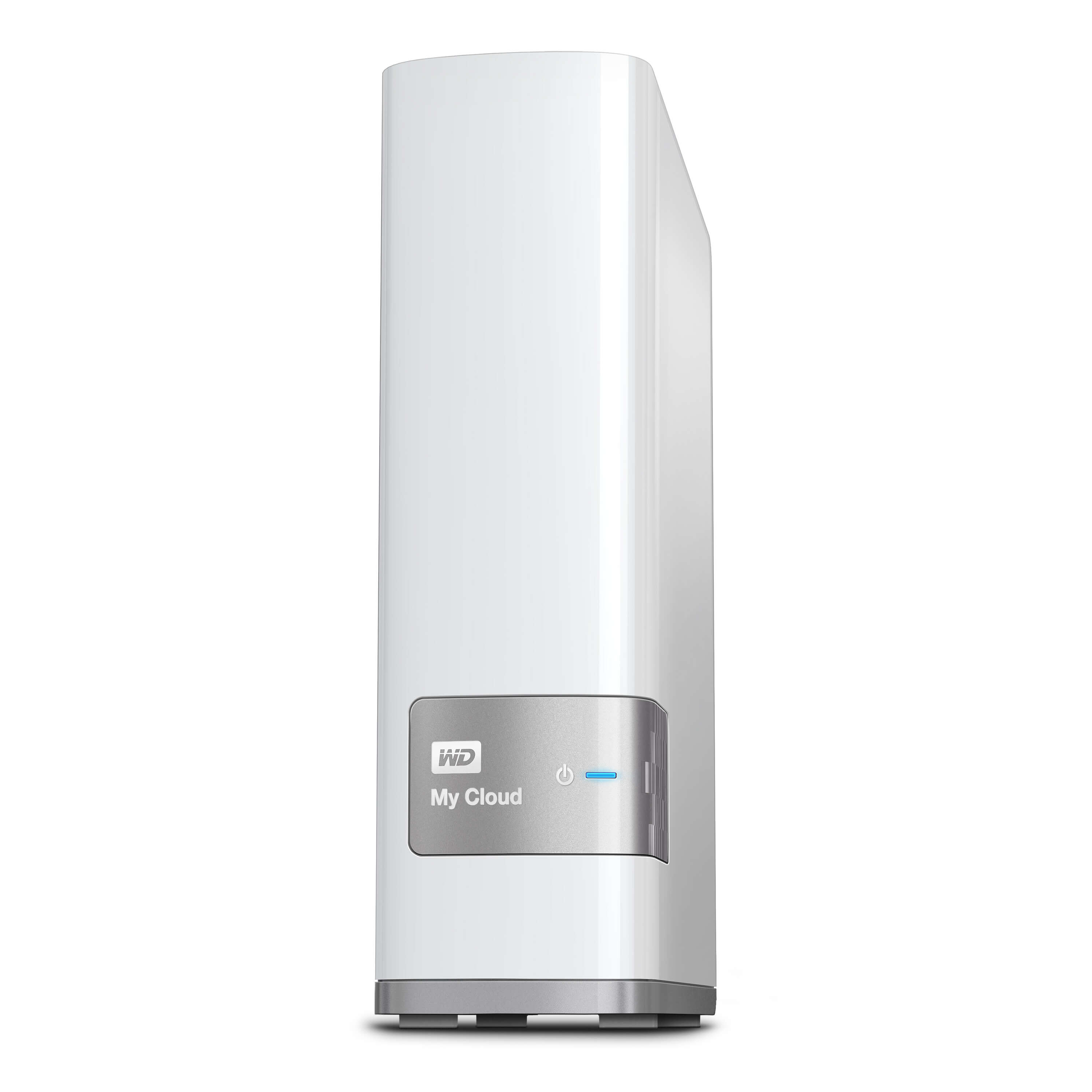This is because a static IP address eliminates the need for devices to obtain an IP address dynamically from the DHCP server, which can introduce some latency. If a DHCP client does not receive a response from a DHCP server after reaching 100% of its lease duration, it will typically continue to use its current IP address until it can renew its lease with the DHCP. Replace with the ID of the DHCP scope for which you want to set the lease time, and with the desired duration in hours, minutes, or days. However, shorter lease times may increase the load on the DHCP server and cause more network traffic, so balancing lease time and network efficiency is essential. For gaming, a wired connection can provide a more stable and reliable connection than Wi-Fi.

Understanding and addressing these security concerns are essential for maintaining the integrity and reliability of Dynamic Host Configuration Protocol operations within a network. Like any network protocol, Dynamic Host Configuration Protocol is not without its security risks. However, understanding these risks is the first step in mitigating them effectively. One of the most fundamental aspects of the Dynamic Host Configuration Protocol is the Four-Step DHCP Process, commonly known by its acronym, DORA, which stands for Discovery, Offer, Request, and Acknowledgment.
Understanding Conflict in Group Therapy
However, DAS devices are connected directly to the computer (e.g. via USB 2.0, USB 3.0, FireWire 400, FireWire 800, eSATA) and can only be accessed by one user at a time. NAS devices on the other hand are connected to the local network and can be shared among multiple users at the same time. NAS devices also tend to be far more expensive than using USB external hard drives. Your typical USB external hard drive is not that much more than buying a bare drive for a computer. NAS devices cost more because they also require the network interfaces and small controllers to allow them to run the servers necessary for network file access. Some high end base NAS units can cost upwards more than $300 and that is without any hard drives for storage. The most obvious reason to get an NAS device over an external hard drive is how many things can access it.
- One router has an Internet connection with a VPN tunnel configured back to my hub site and the other router has a frame relay PVC back to my hub site.
- His PC has the firewall turned off and I see the same issue a test setup I tried with two other machines since I was sure it was his device.
- Since it’s a fork of zebra, a program whose development ceased a while ago, it maintains for historical reasons the same commands and structure than zebra.
- This option is
used to indicate that the DHCP ´sname´ or
´file´ fields are being overloaded by using them
to carry DHCP options. - If it’s a PoE device, check that the switch or injector can put out as much power as the device requires.
- Such a terrestrial broadcast system will have a nonlinear, band-limited, channel subject to additive and multiplicative noise.
In order to accomplish this, internet connections are established by both the NAS device and remote application to a series of relay nodes within NKN’s public server network. Multiple nodes are used for both reliability as well as to enable faster transfer speed via multi-path data routing and aggregation . These relay nodes provide the interconnect to establish a single virtual tunnel between the NAS device and remote application. Relay nodes also provide a publicly available connection point for the NAS device, which are often connected behind a firewall or NAT gateway and do not have a public IP address or https://router.driversol.com/ip/192-168-1-0-24 open ports. Among AKiTiO’s products, NAS is one of the main categories of storage related products. In comparison to network attached storage enclosures (NAS), AKiTiO also has direct attached storage enclosures (DAS). Both products are designed to house one ore more hard disk drives, allowing the user to store, backup and share their digital data.
